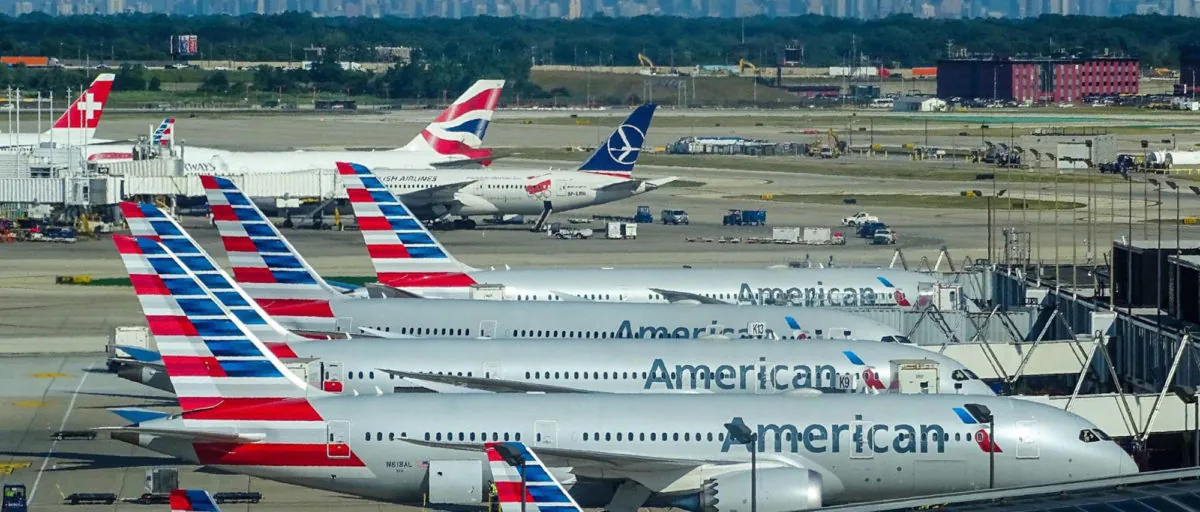What causes international plane crashes?
International plane crashes can occur due to various factors, including:
Human Error
Pilot error, air traffic controller mistakes, or crew negligence can contribute to aviation accidents. Fatigue, alcohol or drug use, lack of training or experience may also lead to human errors.
Mechanical Failures
Faulty parts or maintenance issues with the aircraft systems like engine failure, electrical problems, and malfunctioning navigation equipment can cause accidents.
Weather Conditions
Severe weather conditions such as storms, heavy turbulence, lightning strikes present challenges for pilots and may lead to accidents.
Design Flaws
Defective design or manufacturing defects in the aircraft’s components may cause accidents resulting from structural failures.
It’s important to note that determining the exact cause of a crash often requires extensive investigation involving experts and professionals within the aviation industry.
Who investigates international plane crashes?
After an international plane crash occurs outside of US territory but involves American passengers or airplanes manufactured in America (or other circumstances outlined under relevant treaties), investigations are usually conducted jointly by authorities representing multiple countries involved.
The International Civil Aviation Organization (ICAO) defines standards for these investigations and appoints accredited representatives from each involved country who work together as an investigation team referred to as “state parties.” State parties share their findings collectively while maintaining their own national interests during the process.
Additionally, the National Transportation Safety Board (NTSB) is responsible for assisting in these investigations on behalf of the United States and providing expertise. They often participate as a representative when an American airplane crashes abroad.












